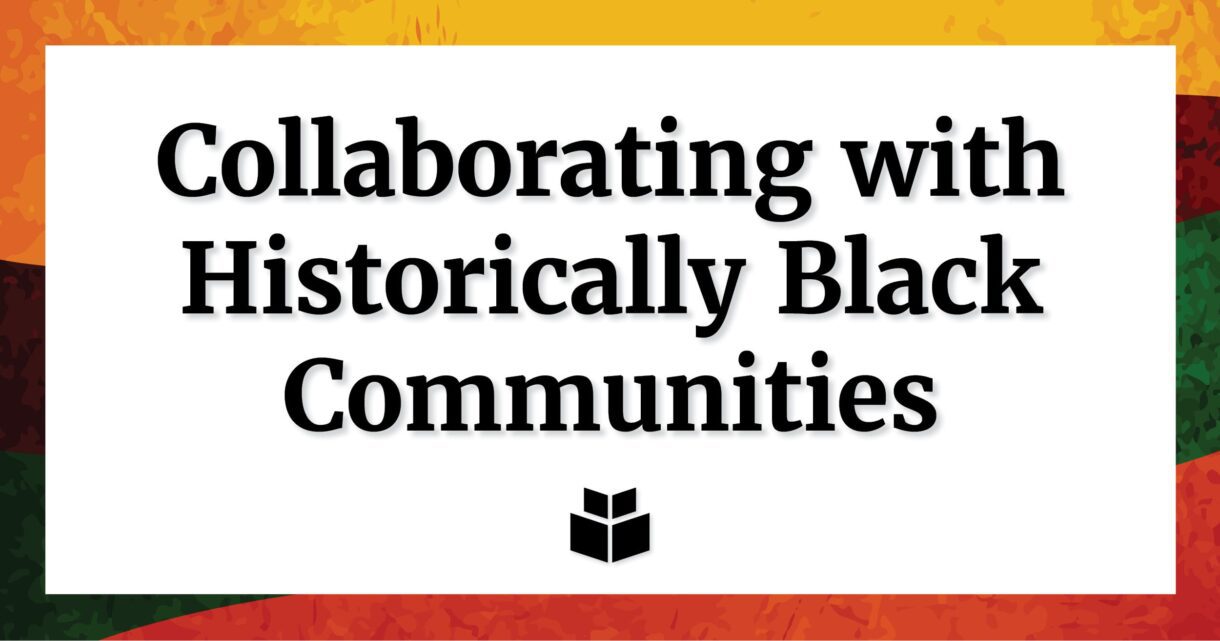
Listening is an important part of any dialogue. And dialogue is critical to the success of any project –design and engineering projects in particular. As we celebrate Black History Month, we discuss the importance of dialogue as an important project management tool when working on projects that have a direct bearing on African American residents in a particular city, town or county.
Gary Warner, PLA, ASLA, AICP, WithersRavenel Senior Technical Consultant for Design + Planning, spoke about his involvement working on projects that have had a bearing on historically black neighborhoods.
Gary believes, whether you are part of that community or not, that building a level of trust going into a project is vital.
“There needs to be an effort to build a level of trust, so they trust that you’re working in their best interest,” he said. “Generally, it is the approach that we have taken over the years. The approach really should be – and what has worked well – is that we are co-designers with the community for this project. There is a difference between creating and co-creating or designing and co-designing.
“It takes a constant dialogue, it takes a lot of active listening in terms of making sure that we understand that whatever project we are working on, it relates to their culture, their art, their community, and the things that are important to them,” Gary said.
‘Designing with you’
Gary says the team is trying to build the idea that “we are not coming into a project design for you. we are coming here to design with you.” He believes that this mindset changes the dynamic of how the community connects with the design firm, and how he and our WR teams approach them as a client.
Gary’s individual approach to projects has evolved through the decades, learning from early mistakes when he started in the profession.
“Over the course of my career there have been projects that I’ve worked on that the community has felt we did not get right,” Gary said. “Early in my career, when I wasn’t necessarily the lead designer on a project, I’ve been on the team where we just totally missed the big idea. [The community] felt that what we were presenting to them wasn’t part of their community and that came across more as ‘this is what the city [the client] wants you to do.’
He says a city or its planning department or its parks department or its utilities department might be the client. But it is the community where the project team has a bigger impact.
“When a design team misses it, and when the project goes before a City Council to get a project approved, and all of a sudden a lot of people are standing behind you who are against this idea,” Gary said. “You quickly backtrack and redesign and try to figure things out,” he said. “Over the course of my career, I’ve quickly learned that there is that difference between ‘design’ and ‘co-design,’ and having that conversation early and not walking in with preconceived notions and not walking in with design preconceived, but walking in with a blank piece of paper helps to start that conversation with people.”
He said a firm may have an ultimate client, but we are working within a specific community, and that needs to be the basis of any project design.
“I believe that our designers and project managers at WithersRavenel take this kind of the approach.
“Ours is a community-based design approach. The big thing is going in and listening, explaining the ultimate goal at a very high level, and then asking the question of what they [the community] think this project should become. Then you start to have that conversation, and it may take numerous meetings and numerous conversations to build that trust.”
Choosing a community’s story
On another project, WithersRavenel worked for the City of Raleigh as a subconsultant to an artist out of Atlanta for the John Chavis Memorial Park, which has been an important part of the City’s African American community’s history.
Working with an artist, there was a lot of time speaking with the African American community to understand how to best tell a particular story through a piece of art.
“There were numerous listening sessions to develop an art piece that spoke to the relationship of the community to this park,” Gary said. “Chavis Park with its rich history had many stories to tell, and it was critical for the artist and us to understand and whittle down the stories, and [know] which ones absolutely needed to be told and how they needed to be told through this project.”
“You know it’s a challenge; there was such a rich history and so many stories to be told that the artist had a hard time trying to distill it down to something relatively simple,” Gary said.
Meeting people where they are
And to enable these conversations, WithersRavenel project teams, as a best practice, believe in meeting people where they are. For instance, during the conversations for the linear park in Statesville, WithersRavenel’s project team took their listening sessions beyond the usual meeting places such as the recreation center or city hall. Local churches or private homes are important places to reach people who otherwise would have missed out on making their voice heard.
“We made sure that meetings were easily accessible. We made sure the hours were appropriate so that people could get there,” Gary said
The ultimate goal of every project is to build something that the community has accepted and is proud to take ownership.
